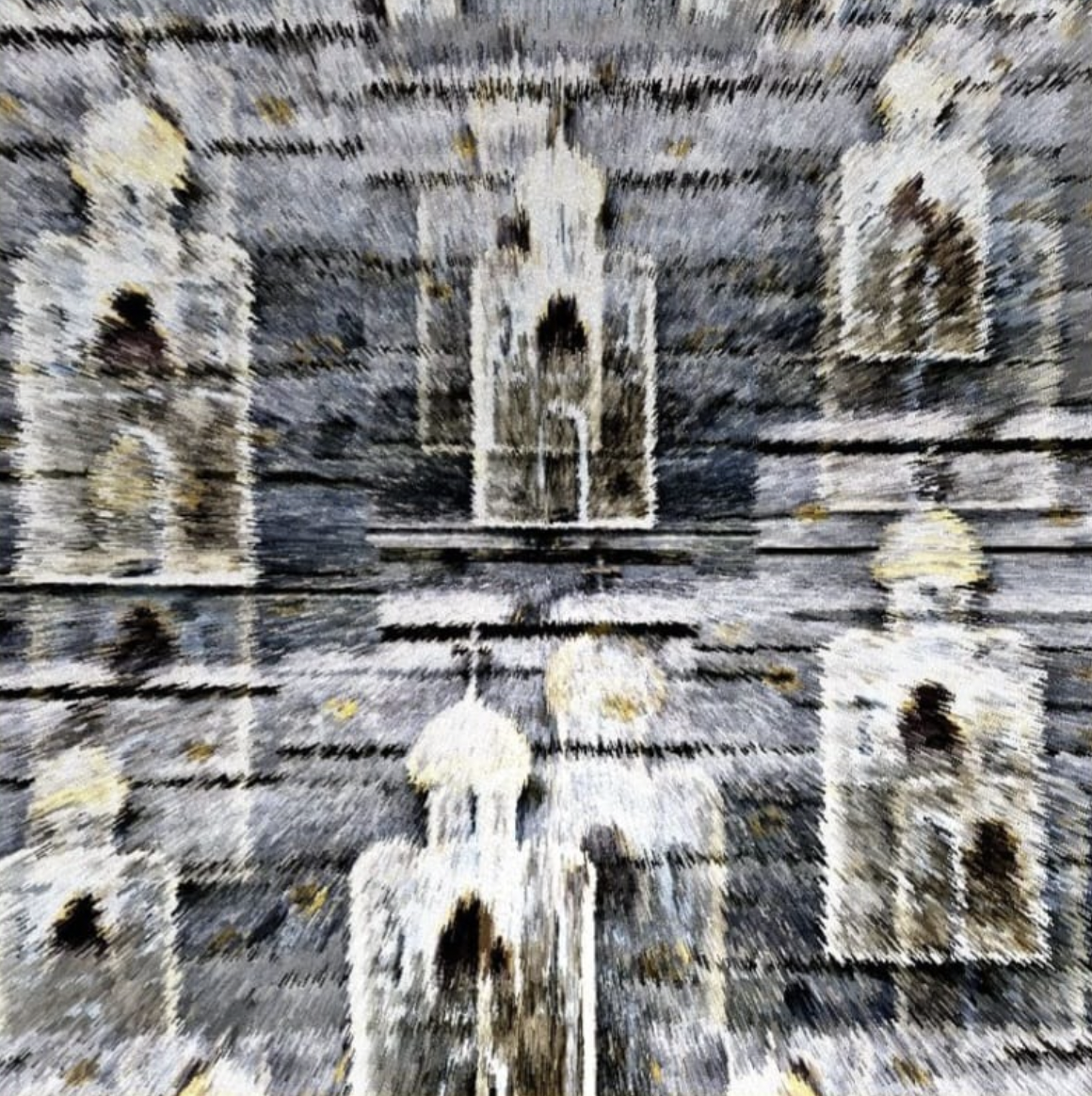
17.02.2023
Maxim Demin / Anna Sinitsa
Each generation of artists, in creating new works, has always analyzed the art of the centuries that preceded it. Drawing on art already known throughout the world, artists have sought and are seeking new branches of development, trying not to repeat themselves at all or, on the contrary, emphasizing that their work is an integral part of an earlier creation.
MANIFEST
With the emergence of new forms in contemporary art, artists begin to move further and further away from the usual classical techniques and images, trying to keep up with the times, speaking to the viewer in a language he understands. Using everyday and frequently used objects, forms, programs, and so on, the artists tell the viewer about everyday, social, and political issues of the day. Often, by choosing a picture that is not the most faceable, they thus mock the generally accepted norms in society and point out their imperfections.
This way of speaking is now quite common and prevails over other studies in the context of contemporary art.
While most authors have delved deeper into 21st century culture, identifying its faults, flaws, joys and sorrows, we have begun a different kind of exploration, one that is the exact opposite of what was described above, and brings us closer to the origins of art.
World culture, including painting, has been inseparably linked to people's religious thinking from the very beginning of its creation. The formation of religions, the awareness of the divine presence, the search for truth took place through visual, material forms. Passing through millions of transformations and modifications from cave paintings on the walls to monumental majestic genre paintings, sculptures, architectural forms and objects, art has been able to exist in its most diverse manifestations. And with the advent of the Internet, the computer and various digital programs, there are even more opportunities for development and study.
Each generation of creators, creating new works, has always analyzed the art of the previous centuries. Building on art already known throughout the world, artists have sought and are seeking new branches of development, trying not to repeat themselves at all or, on the contrary, emphasizing that their work is an integral part of the previously created.
Each generation of people has caught monuments in a certain state. Whether it is a brand new, newly painted work or an old, now antique, object that has already gone through fire and water. Passing through different circumstances and time borders a work of art has always changed its appearance and one can only speculate about its original state. With the advent of various digital programs and new research, it became possible to transform a lost or partially preserved object in a virtual format to see its original appearance. Thus further complicating attempts to represent the original state of the object. How does a modern person perceive the surviving monuments of ancient Russian art? How does digitalization affect people's consciousness, thus changing the perception of familiar things?
How much more will we have to learn as modern technology develops and as new facts about the history of our art are discovered?
All of these questions stand apart in the artists' attempts to create a work that equally answers all of the questions posed above.
In this project we proclaim that it is possible to make a work on the basis of classical art, using a digital medium without distorting the essence of the monument. By using different materials and techniques, and by playing on familiar forms, the works present themselves to the viewer in a new guise. New interpretations of Classical Russian monuments and the use of different media show that the impact of the digital age provides the impetus for the creation of new forms of art.

